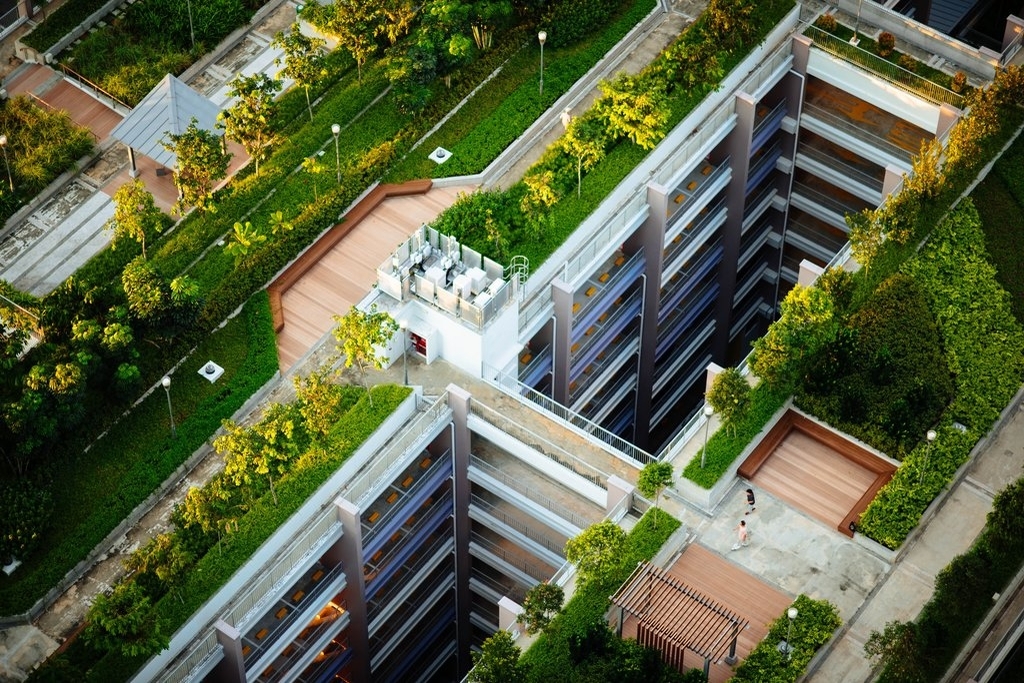The smart Trick of City Blooming That Nobody is Talking About
The smart Trick of City Blooming That Nobody is Talking About
Blog Article
Some Of City Blooming
Table of ContentsCity Blooming Things To Know Before You BuyThe Best Guide To City BloomingNot known Factual Statements About City Blooming Getting The City Blooming To WorkCity Blooming Fundamentals Explained
Interested in growing food available for sale in the City of Chicago? Assuming concerning beginning an area yard? Adjustments to the Chicago Zoning Regulation allow farming usages like community yards and city ranches in many components of the city. Below is a list of regularly asked questions relating to the guidelines and regulations that farmers should think about when intending a metropolitan farming job.
The zoning amendment does not customize any kind of various other codes taking care of composting, building authorizations, buying or leasing City had residential or commercial property, business licenses or ecological contamination. There are existing codes that regulate these issues and they remain in full effect and might be applicable to your project. Area gardens are usually owned or handled by public entities, public companies or community-based organizations and maintained by volunteers.
Urban ranches grow food that is meant to be marketed, either on a not-for-profit or for-profit basis. Due to their business objective, urban ranches need a company permit.
Excitement About City Blooming
Composting is permitted however just for plant material that is produced and made use of on site. The amount of garden compost product can not exceed 25 cubic yards at any given time according to the criteria in 7-28-715 of the City's Municipal Code. Yes. Since the dirt at most new yard websites needs changing, garden compost, soil, wood chips, or various other products can be gotten to create or improve the expanding space - sustainability.

If a structure authorization is called for after that the hoophouse will certainly be considered an accessory structure. You can figure out more about the structure license requirements by getting in touch with the Division of Structures. The 25,000-square-foot size limit is planned to stop a solitary community yard from controling a given block or interfering with the block's existing household or industrial personality.
The restriction does not apply to gardens situated in Public Open Area (POS) areas. Can there be more than one community yard that is 25,000 square feet on a single block? Secure fencing is not required, nevertheless, gardens that have large auto parking areas may be required to install secure fencing or other landscaping attributes.
Getting My City Blooming To Work
B1 & B2 districts need that all industrial usage tasks be performed indoors. Is fencing required for urban farms? Fences might be required, along with landscape design and testing, for specific vehicle parking locations and exterior job or storage space locations depending on place and the particular task taking location.
Yes. Urban farms call for building permits and zoning approvals before construction. Various other types of city evaluation might be required relying on particular frameworks, tasks, size, landscape design, licensing, public health and stormwater management concerns. Numerous of these requirements are recognized in the project design or permitting process, nonetheless, the applicant might be responsible to individually recognize particular licenses or permits that might be called for.
Yes. The kind of permit is figured out by what is happening at the site. The Division of Business Affairs and Consumer Defense can aid identify the specific sort of business certificate that's called for. Yes. Off road car parking is required for the majority of industrial tasks in Chicago. The needed number of car park spaces is based upon the number of employees functioning on site and not the square footage of the growing space.
The City Blooming Statements

A city farm can market garden compost product produced on website, nonetheless, the operation should conform with the policies in 7-28-715 of the Chicago Municipal Code. Aquaponic systems are enabled inside on metropolitan ranches in lots of zoning districts.
Up to five hives or swarms of honey may be maintained as an accessory usage. However, beekeepers need to register with the Illinois Division of Farming. For more details about the suggested zoning modification you might speak to the Division of Real Estate and Economic Advancement, Bureau of Planning and Zoning at 312.744.8563.
, which takes place in rural locations at the edge of residential areas.
City Blooming Can Be Fun For Anyone
, who seek to form social networks started on a shared principles of nature and community holism. These networks can develop by means of official institutional support, coming to be integrated into local town planning as a "transition town" activity for lasting metropolitan development.
Some of the initial evidence of urban farming comes from Mesopotamia.
Report this page